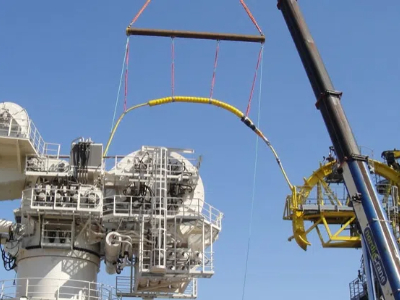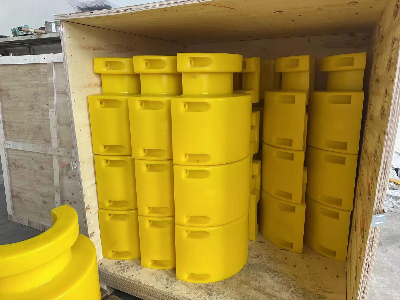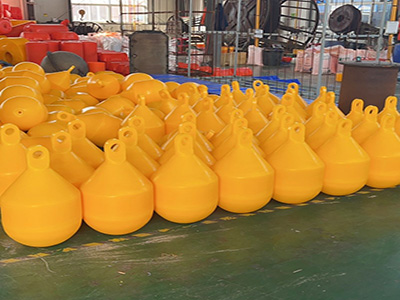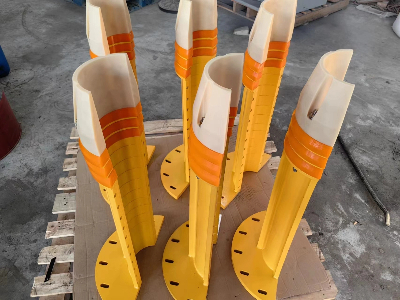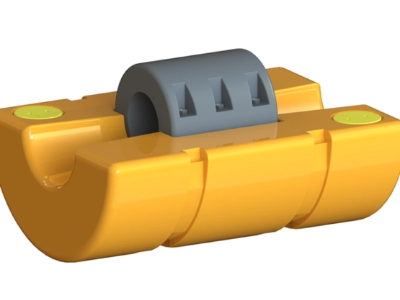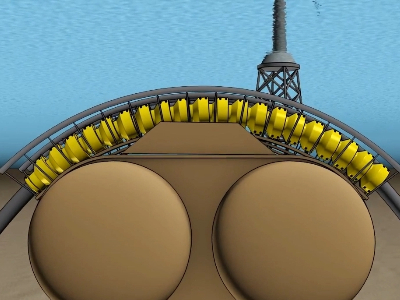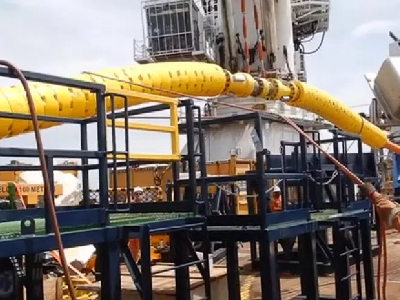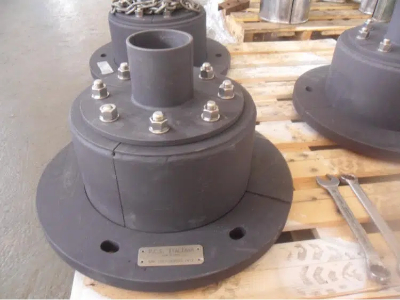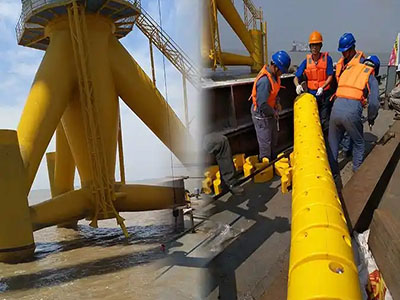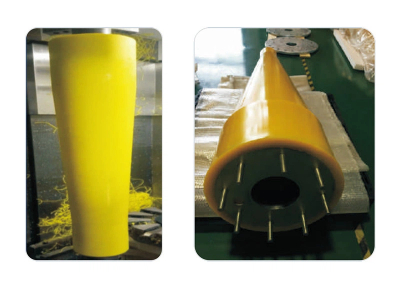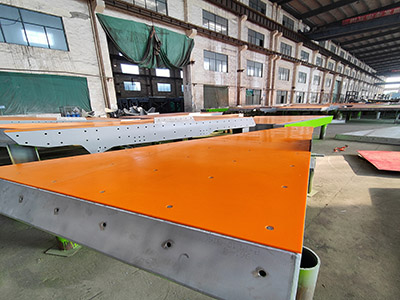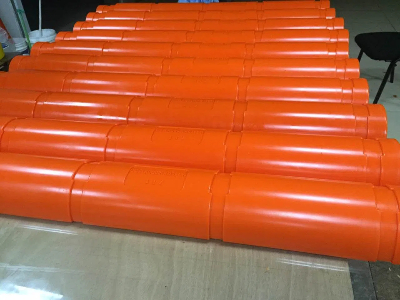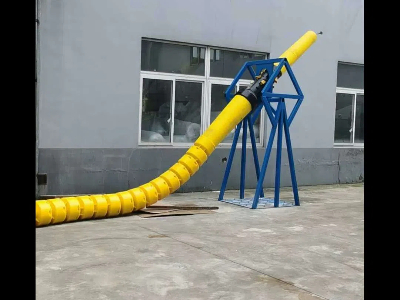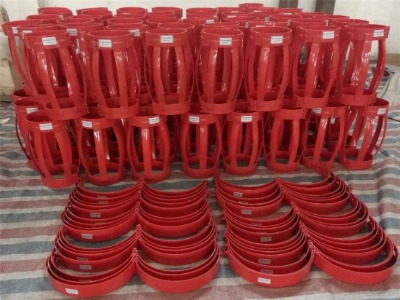Polyurethane bend restrictors play a role in protecting cables in offshore wind power to avoid excessive bending and wear. They are generally installed at the submarine cable outlet, inside or outside of J-tubes and I-tubes, and at the junction between floating structures and fixed structures.
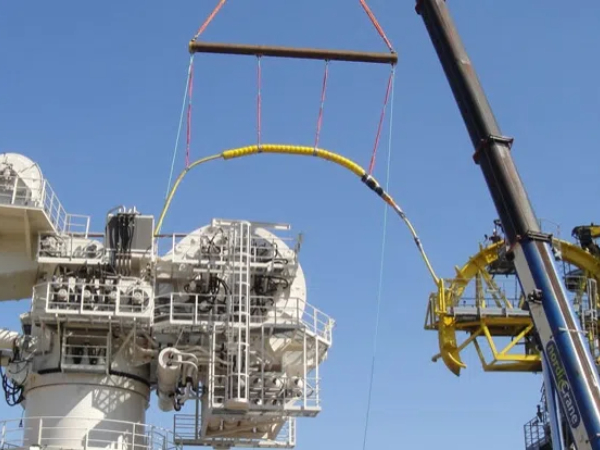
The role of polyurethane bend restrictor in offshore wind power
In offshore wind power installations, subsea power cables connect wind turbines to offshore substations and transmit electricity back to onshore grids. These cables are exposed to dynamic environmental conditions, such as wave action, currents, and installation loads. A polyurethane bend restrictor plays a protective role, acting as a mechanical barrier that limits the cable’s bending radius to prevent kinking, buckling, or fatigue failure.
By ensuring that cables do not exceed their minimum bend radius, bend restrictors enhance the operational safety of the power transmission system and significantly extend the service life of costly subsea infrastructure.
• Specific applications in offshore wind projects
Polyurethane bend restrictors are typically installed in areas where cables are most vulnerable to bending forces. Key locations include:
• Cable exit points at the seabed (touchdown zones)
Where cables exit the j-tube or trench and are susceptible to bending due to unsupported spans.
• At the interface between floating and fixed structures
Such as floating offshore wind platforms, where the movement of the structure causes tension and flexing in the cables.
• Inside or outside j-tubes and i-tubes
Mounted at the tower base or substation, these restrictors help guide and protect cables from the transition point to burial depth.
• Cable hang-offs or mid-span suspension points
Where free-hanging sections May otherwise bend under their own weight.
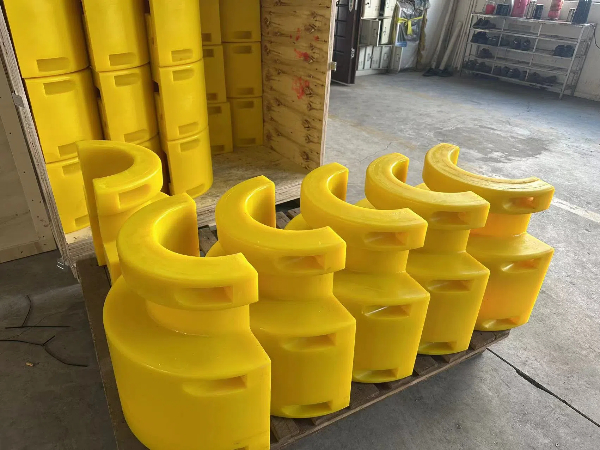
Structural characteristics of polyurethane bend restrictors
Polyurethane bend restrictors are engineered with a modular vertebrae design, resembling a series of interlocking shells or collars. This structure provides both flexibility and mechanical strength. Key structural features include:
• Segmented articulation
Each segment rotates relative to its neighbors but is restricted by internal stops, limiting the angle of bend at each joint and cumulatively controlling the total bend radius.
• High-performance polyurethane material
Chosen for its excellent wear resistance, impact strength, and seawater corrosion resistance, polyurethane performs well under extreme offshore conditions.
• Clamshell or split design for easy installation
The restrictor is often designed in two halves for retrofitting onto pre-installed cables without the need to disconnect connectors or joints.
• Customizable geometry and radius
Tailored to match the specific cable diameter and project requirements, with design flexibility to accommodate different deployment environments.
• Compression-resistant support ribs or inserts
Some designs include additional reinforcement to withstand external loads during seabed contact or during pull-in operations.
Offshore wind power bending limiters are generally equipped with J-tube centralizers, bend stiffeners, and hang off to form a set of submarine cable protection devices. Philson can also provide these submarine energy solutions. Contact us for relevant product information or customized drawings.
You can contact us any way that is convenient for you. We are available 24/7 via email. You can also use a quick contact form below or visit our website. We would be happy to answer your questions.

